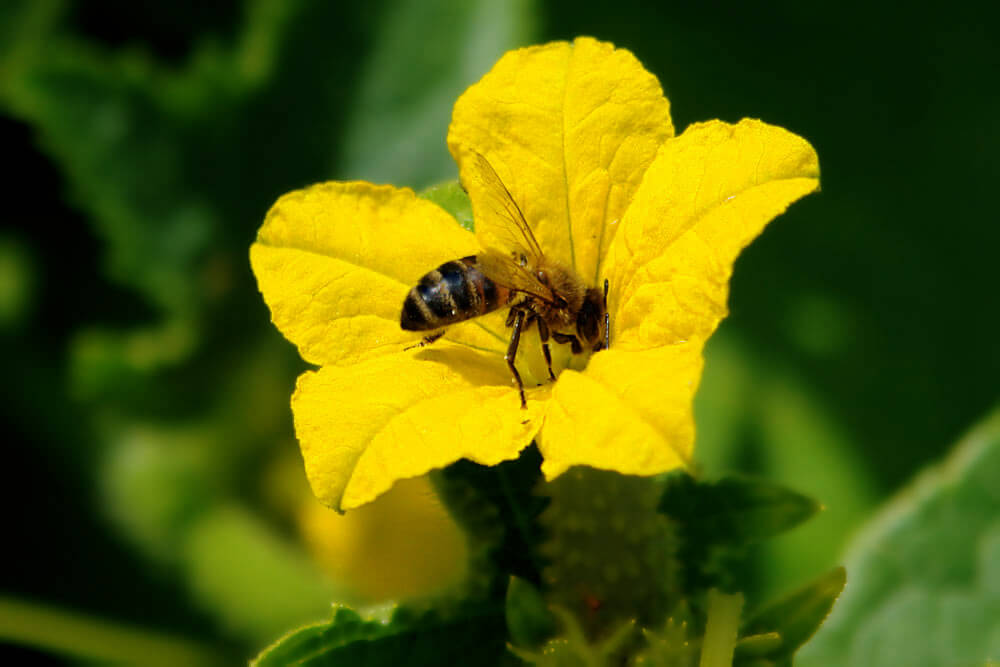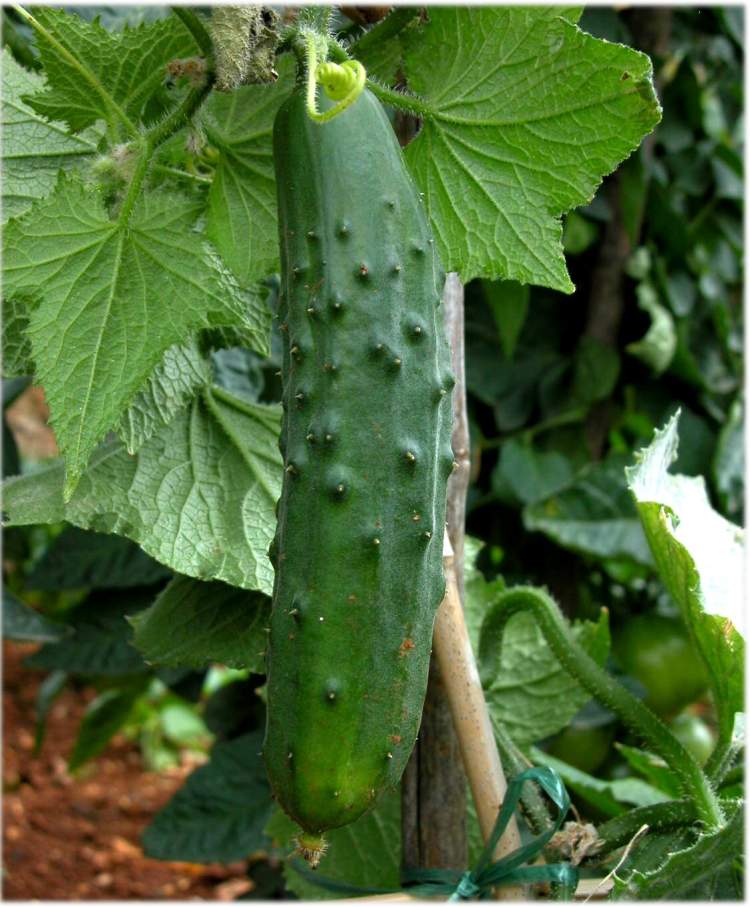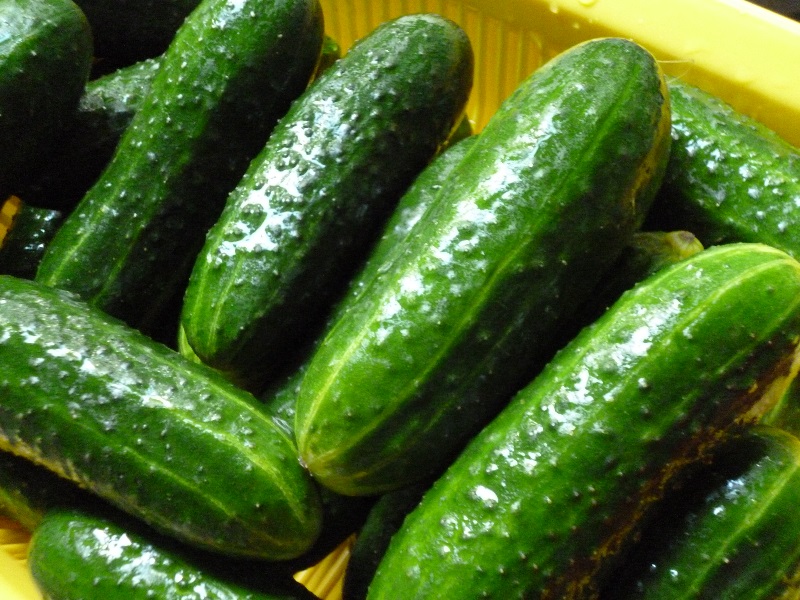Content:
Cucumber Competitor is a relatively new development. This variety was bred in the Crimea in 1980. This variety is designed for cultivation in the southern regions of Russia. This development later justified this name, successfully showing itself in competition with numerous rivals.
Characteristics and description of the competitive cucumber variety
Cucumber Competitor is an early maturing crop variety. The time it takes to start fruiting is only 45-50 days after placing the seeds in the ground. It is grown mainly by sowing in the ground, less often by seedlings, since the variety is designed primarily for cultivation in warm, southern regions of the country.
The plant is branched, the length of its main whip can be up to two meters, the size of the peduncle is 5-7 sentiments.
The cucumber is pollinated by bees.
After pollination, the inflorescences fall off within 12 or 13 days, and then the formation of cucumbers begins.
The first cucumber of the Competitor variety, subject to proper care and optimal weather conditions, reaches maturity in a month and a half after the shoots have appeared. The total yield per square meter ranges from 3.3 to 3.8 kg. The exact result depends on the local climate and the weather conditions during the growing season.
Zelentsy cucumbers Competitor have the following characteristics:
- shape - oval-cylindrical;
- the size of the fruits is from 10 to 15 centimeters, on the average - 13 cm;
- the mass of a cucumber reaches 125 grams;
- the color of the ripe fruit is dark green with longitudinal light stripes;
- the tubercles on the green are well expressed, inside there are soft spines painted in black.
Cucumber Growing Competitor
Cucumbers of this variety are allowed to grow in open ground, including under a film in central Russia, and in greenhouses in more northern regions. If possible, the cucumbers should be placed on trellises, they are optimally adapted to vertical growth.
When planting plants of this variety, it is necessary to alternate the beds annually, otherwise, with each next year, the planting will experience an increasing deficit of microelements, begin to hurt and lose the ovaries.
In this case, it makes sense to plant cucumbers after:
- white and cauliflower;
- potatoes;
- beans;
- peas;
- Luke;
- garlic;
- beets.
You should not plant cucumbers after:
- zucchini, squash and pumpkins;
- melons, watermelons and melons.
It is recommended to choose a soil that belongs to loam, light, medium or sandy loam. Soil preparation is carried out in the fall, immediately after the predecessor of the cucumbers is removed. It should be dug up intensively and fertilized at the same time. The best option would be either good quality manure or vermicompost, in which phosphorus or potassium components are present as additives. Already in the spring, it is necessary to thoroughly weed out this bed and you can add a small amount of manure to the soil before planting.
When choosing seed material, it is advisable to give preference to those cucumber seeds that are matured for several years, but no more than 6. Until this age they retain and improve their characteristics, and the older the seeds within this age, the more flowers formed on them will be female ...
The varietal seeds themselves should be calibrated; for this purpose, they are placed in a glass with a solution of table salt, in which unusable seeds float, and the best ones sink. Next, the selected seeds are washed with a solution of potassium permanganate.
Planting of Competitor cucumbers is carried out in accordance with the following rules:
- in open ground, cucumbers are planted in more temperate climatic zones in May or even in early June, if the risk of severe frosts has not yet passed in May. In the south, this can be done in the second half of April. At the same time, it is not recommended to rush to plant it, since the variety is early ripening, but at the same time thermophilic and frost can harm it;
- landing pattern 40 × 40 centimeters;
- it can be done in an ordinary or tape way.
In the process of maturation, plants should be looked after. Although this variety is relatively unpretentious and will bear fruit even if it deviates from agrotechnical requirements, it is advisable to perform the following actions to increase the yield:
- watering, its regularity depends on the current climate. The best way is using modern drip irrigation systems. In the absence of such, you can water with a watering can or through the grooves along the rows so as not to blur the roots;
- weeding with the removal of weeds - as they appear;
- loosening the soil, it should be done in order to prevent the formation of a crust;
- top dressing (organic or mineral fertilizers), in the process of growing the plant, it should be done twice. First, during the formation of flowers, then at the time of budding;
- removing excess cucumbers. On the stem, depending on its thickness, it can grow in the range of 10-15 cucumbers, but no more.
Advantages and disadvantages of the variety
The advantages of the Competitor variety include the following properties:
- high seed germination;
- good germination of seedlings;
- excellent indicator of pollination;
- this variety gives a very high yield;
- The competitor bears fruit for a relatively long time;
- greens of this variety have an excellent appearance, have excellent taste;
- the plant is resistant to powdery mildew.
The disadvantages of this variety include the fact that if the fruits are not picked on time, they quickly turn yellow. The skin of such greens is covered with cracks and thickens. In addition, they no longer smell like a cucumber.















